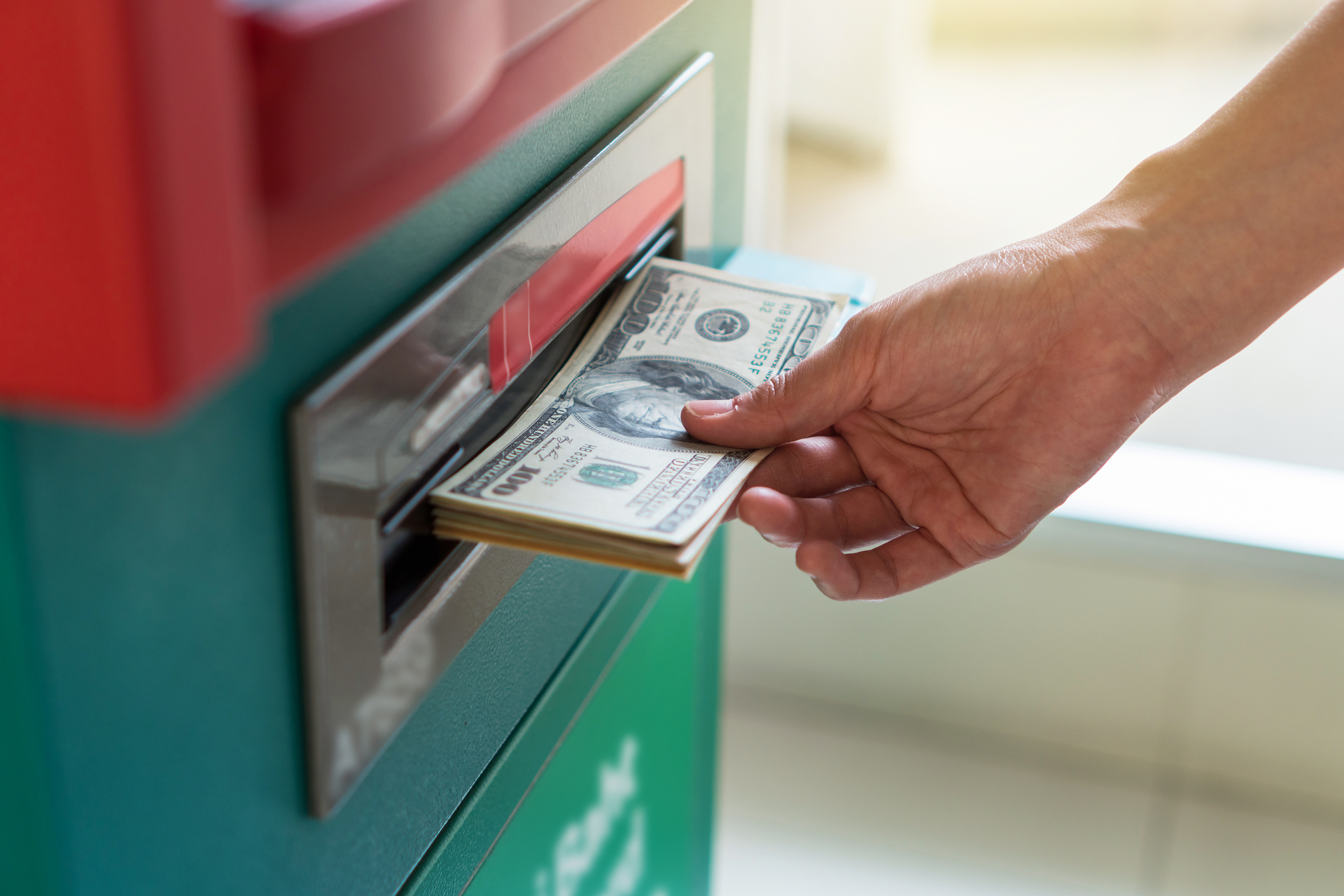
How to Check for Cash Withdrawals in an Investigation: Spotting Financial Clues
When people try to hide cheating, they often think about deleting texts or clearing browser history—but fewer consider how obvious their finances can be. If you’re suspicious, learning how to check for cash withdrawals in an investigation can lead to some of the most telling clues. Cash transactions leave less of a digital trail, but the act of withdrawing cash—how often, how much, and where—can say a lot about what’s really going on. This post will walk you through how to track withdrawal patterns, interpret banking behavior, and build a clearer picture of financial secrecy.
Why Cash Withdrawals Raise Red Flags in Investigations
Digital payments are traceable—Venmo, PayPal, credit card statements all leave behind clear receipts. But cheaters who want to spend money without being tracked often go back to basics: cash. And while the actual purchase may disappear, the ATM withdrawal almost never does. Patterns in cash activity—especially if it’s new or unusual—can be your first major clue that something isn’t right. The key is not just looking at the transaction, but asking: “Is this behavior normal for them?”
What to Look for in Bank Statements
If you have access to your partner’s bank account or shared finances, reviewing their statements can reveal a lot. Here’s what to flag:
- Frequent ATM withdrawals with round numbers ($100, $200, etc.)
- Withdrawals at odd times (late at night, right before or after unusual outings)
- Cash taken out from locations near hotels, restaurants, or areas they don’t usually visit
- Unexplained ATM fees from out-of-network machines
- A sudden increase in cash usage when they previously relied on cards
Any single withdrawal might not be suspicious. But if you’re seeing a new pattern—and it doesn’t align with a lifestyle change—that’s when it becomes a clue.
Tracking Patterns Over Time
It’s not just the cash—it’s the consistency. Start by building a simple timeline. Log withdrawal amounts, dates, times, and locations. Compare this with your partner’s stated plans or whereabouts. Are the withdrawals happening during times when their behavior has also changed? Are they suddenly less transparent about where they’re going or when they’ll be back? Cheaters are often creatures of habit. Once they find a routine that works, they tend to stick to it—until they’re caught. Your job is to find that financial routine and compare it to what they say versus what they do.
How to Track Withdrawals Without Confrontation
Discretion is key. If you have access to joint bank or credit card accounts, log in regularly—but don’t change passwords or settings that might alert your partner. Export statements or take screenshots and store them in a secure location. For added stealth, consider setting up email alerts on accounts (if you’re listed as a user) to notify you when cash is withdrawn. Don’t confront your partner every time something looks strange. Instead, wait until you have consistent patterns that you can back up with dates, amounts, and behavior changes. The more organized you are, the harder it will be for them to explain it away.
Tools That Can Help
The best approach combines manual tracking with tools that help you stay organized.
- Suspicious Spending Tracker – Use this to log withdrawal patterns, dates, amounts, and matching excuses
- [Banking App Notifications (or email alerts)] – Set to notify you when withdrawals over a certain amount occur
- Mini Voice Recorder – Record conversations where spending is mentioned (check local consent laws)
- Spokeo – If you find receipts or numbers tied to withdrawals, run them through to see what’s connected
- Envelope Organizers – Store any printed statements or physical receipts you come across
These tools are simple but powerful when used consistently. The goal is to create a clear paper trail—even when the other person is trying to use cash to avoid one.
Other Financial Clues That Point to Cheating
Cash withdrawals are rarely the only suspicious behavior. Once you start paying attention, other clues tend to show up, including:
- A stash of cash you didn’t know about
- Missing money from shared accounts
- New credit card accounts or financial secrecy
- Receipts or packaging from places you didn’t go to together
- A sudden unwillingness to talk about money or budgeting
These signs don’t just point to cheating—they indicate a lack of transparency that breaks the trust in a relationship. Whether or not your partner is being unfaithful, consistent secrecy around money is something worth investigating.
Final Thoughts
Learning how to check for cash withdrawals in an investigation can open the door to evidence that digital trails won’t reveal. When people think they’re being smart by using cash, they often forget the ATM leaves a footprint. Your job isn’t to jump to conclusions but to quietly collect details that either confirm your suspicion or clear the air. If you’ve spotted repeated withdrawals and secretive behavior, you deserve to know the truth. For help analyzing your findings or deciding what to do next, visit our Ask an Expert page for confidential support.




